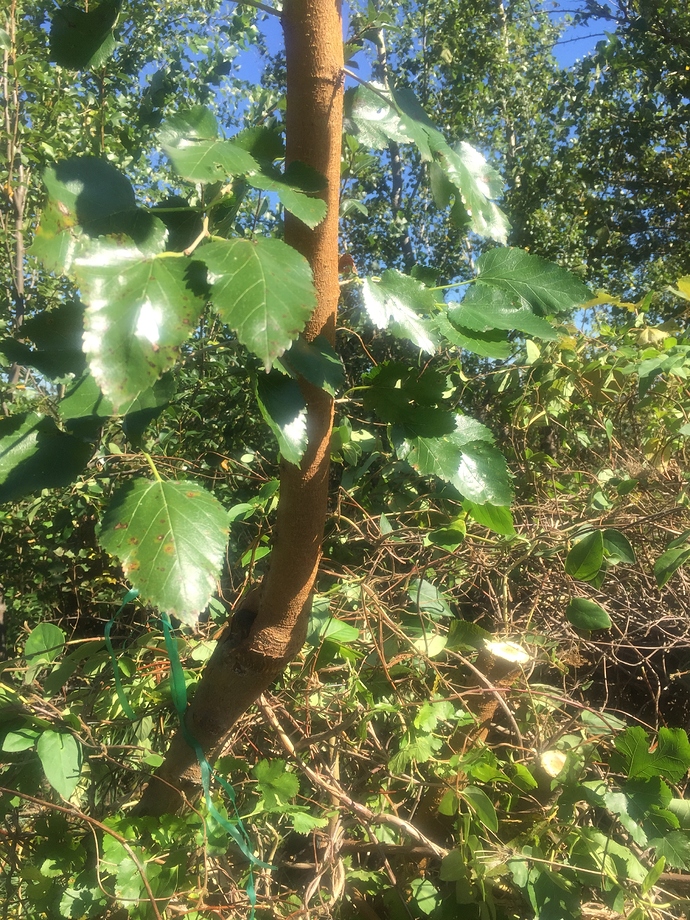This is once I pulled the grafting tape from the mulberry today. I will now tie the top of the tree to the next mulberry over and bend the tree to the right to avoid the power line. Even then this tree will need to be watched to make sure it does not send branches in that direction as it spreads.
4 Likes









